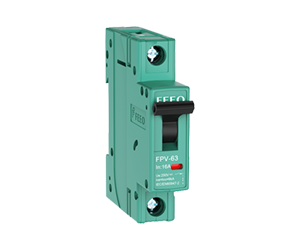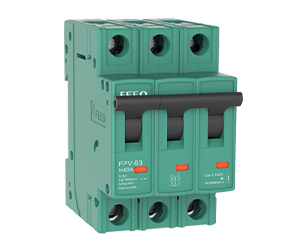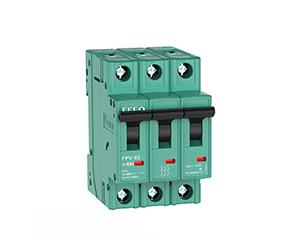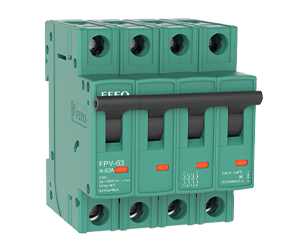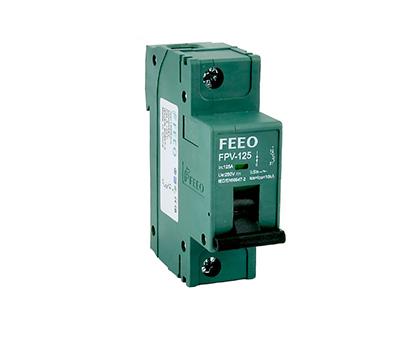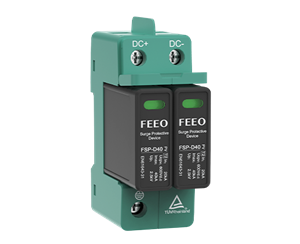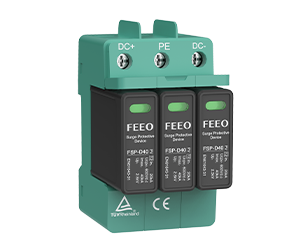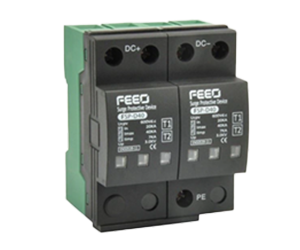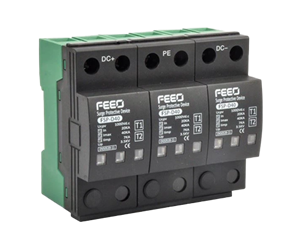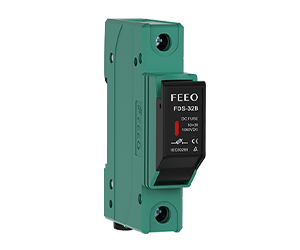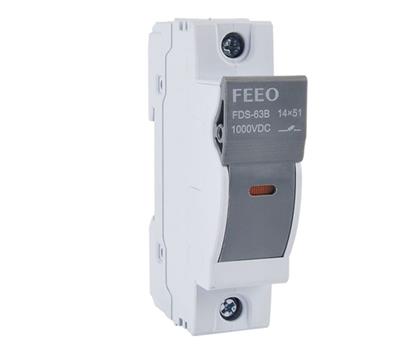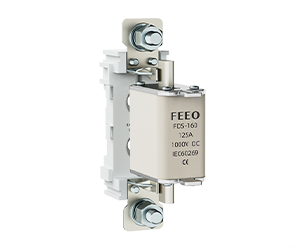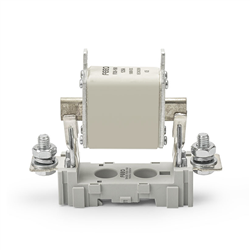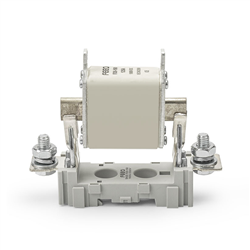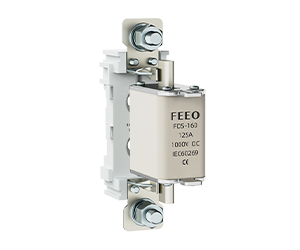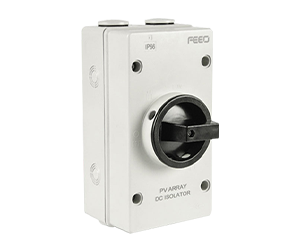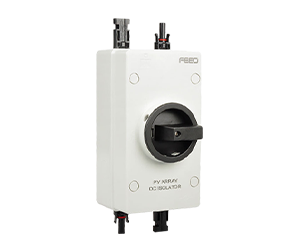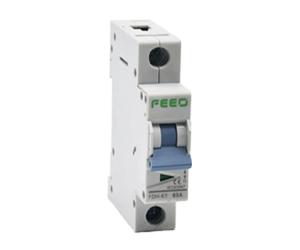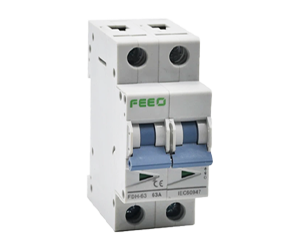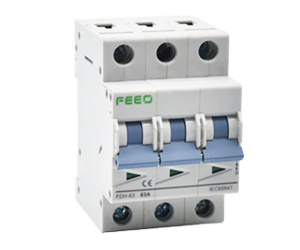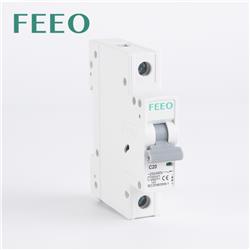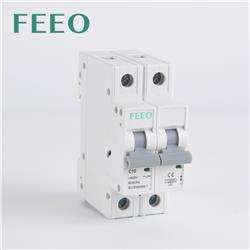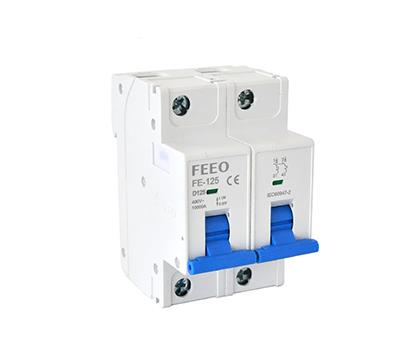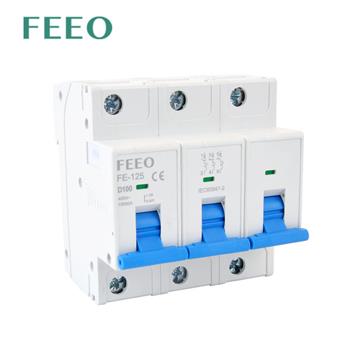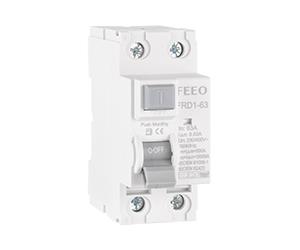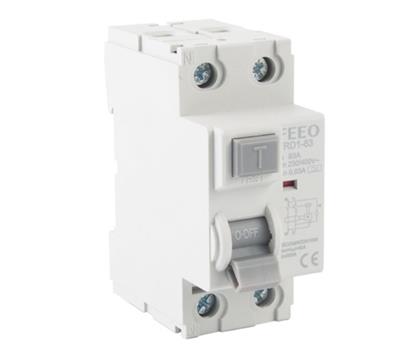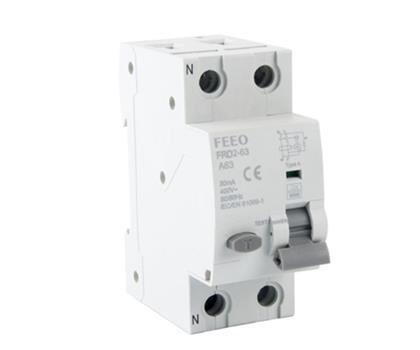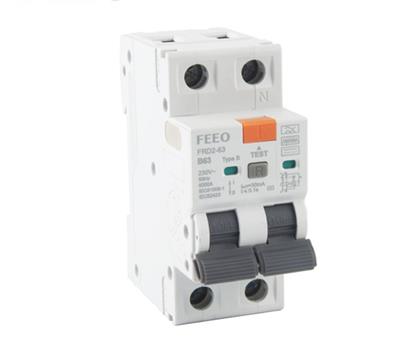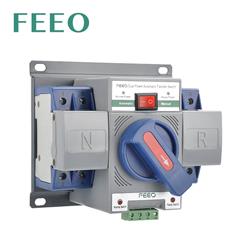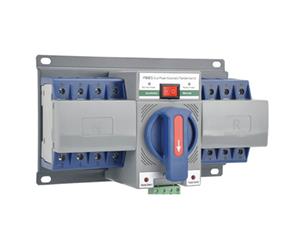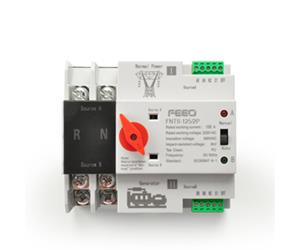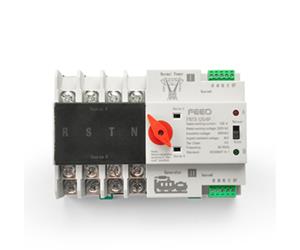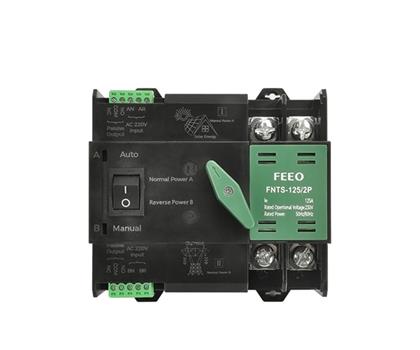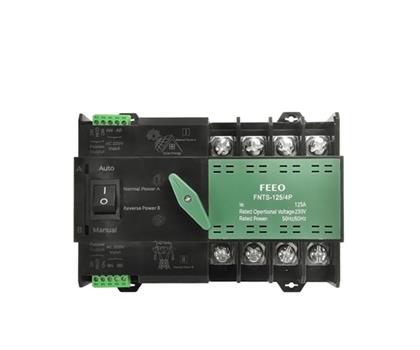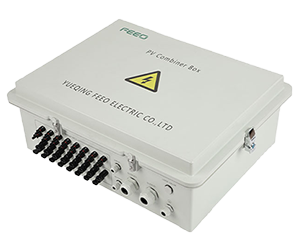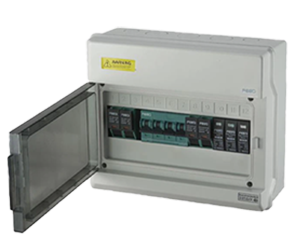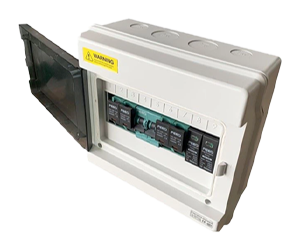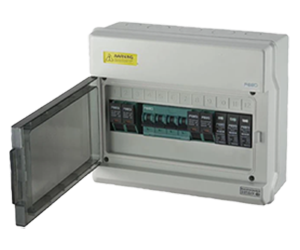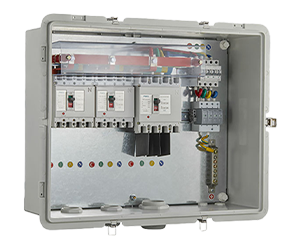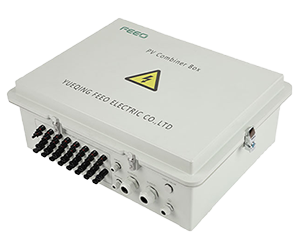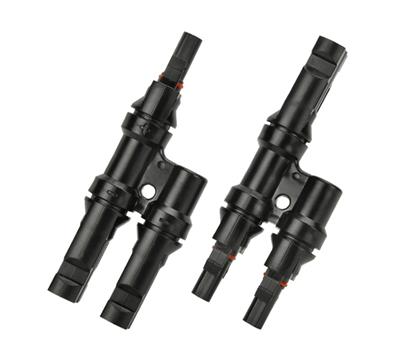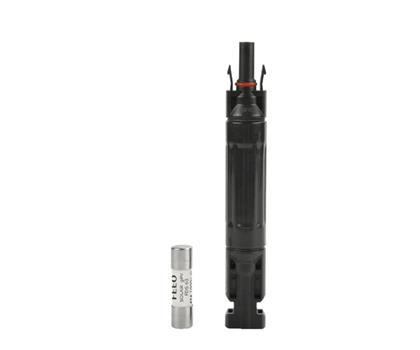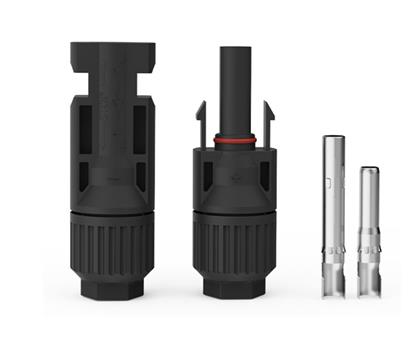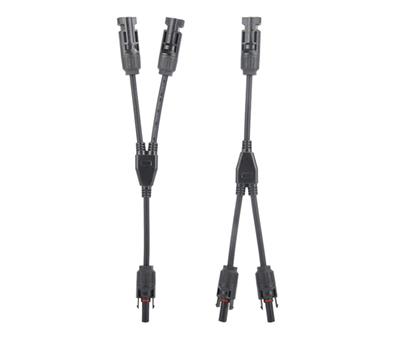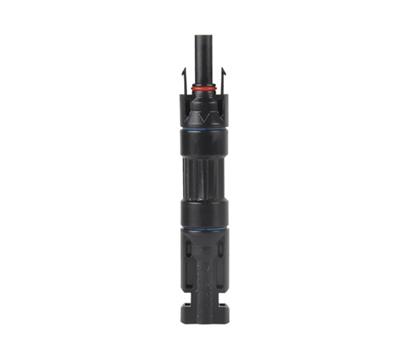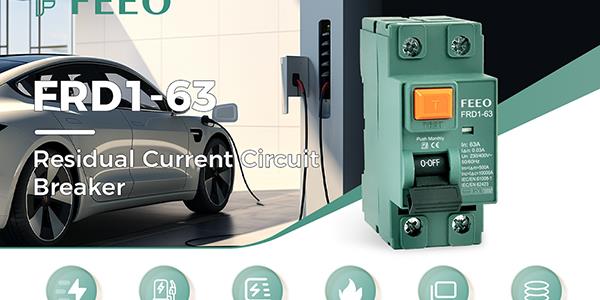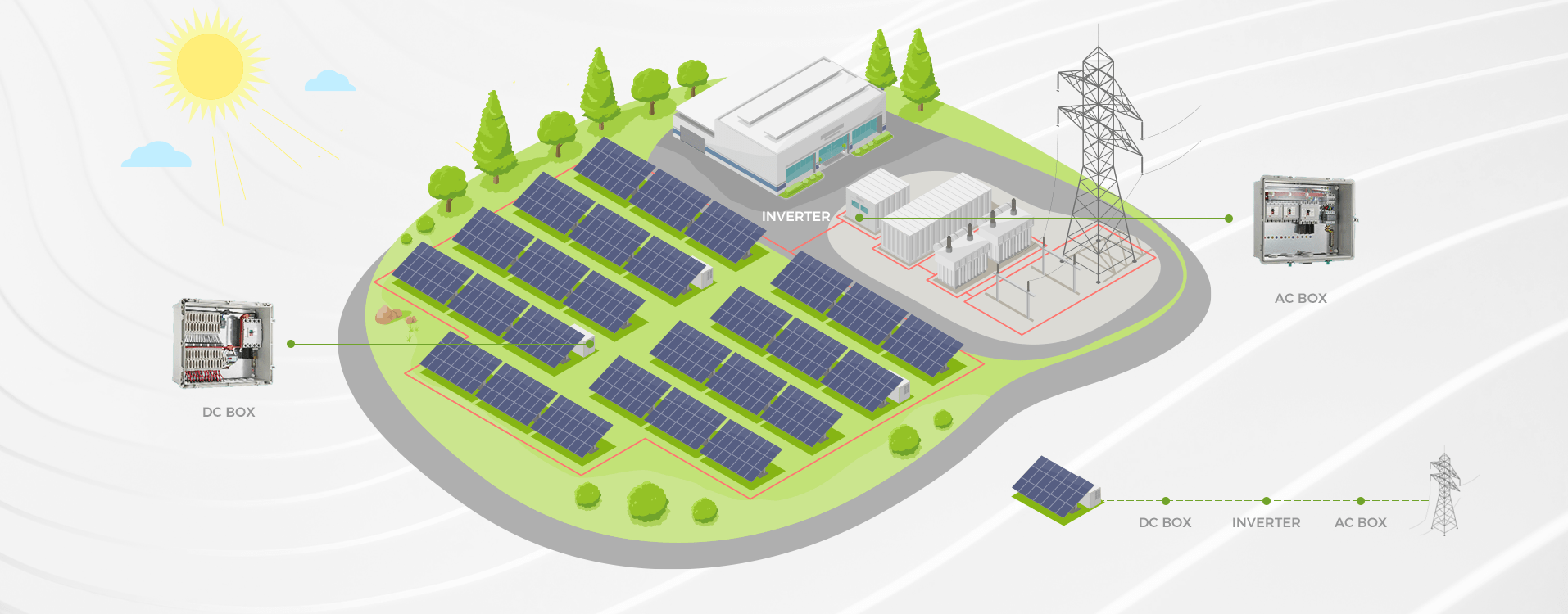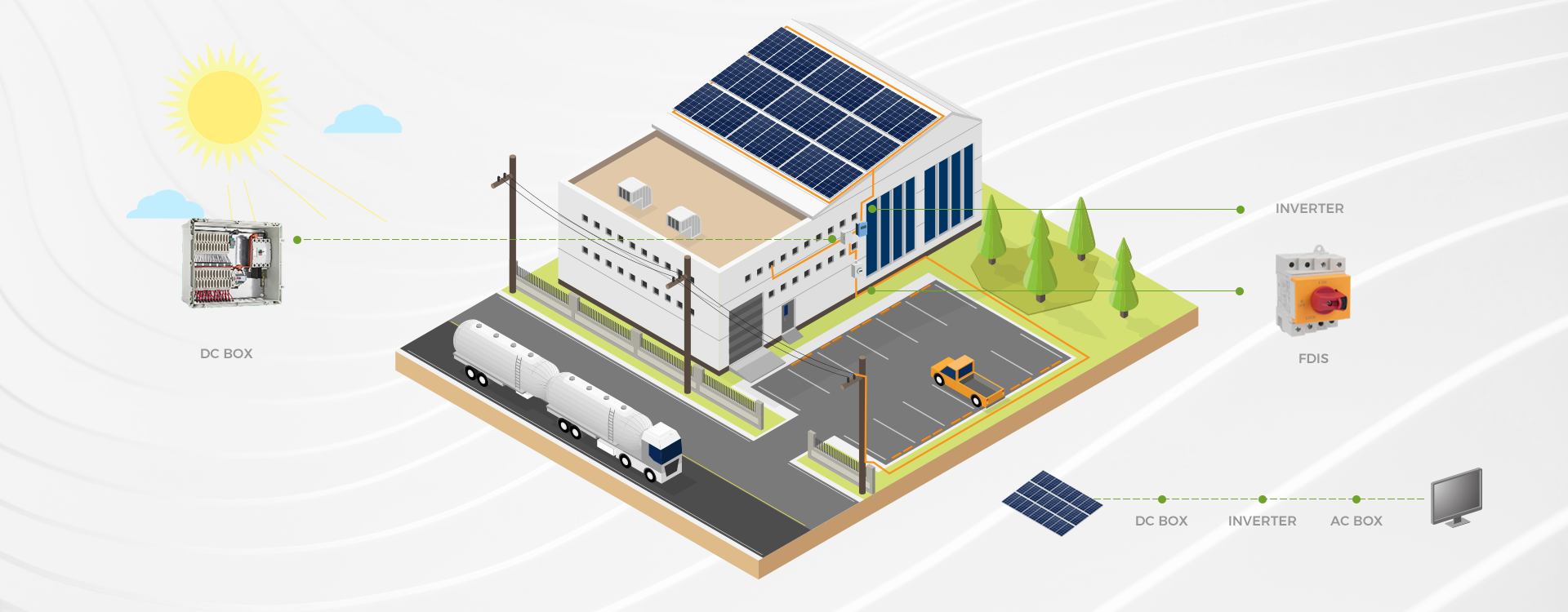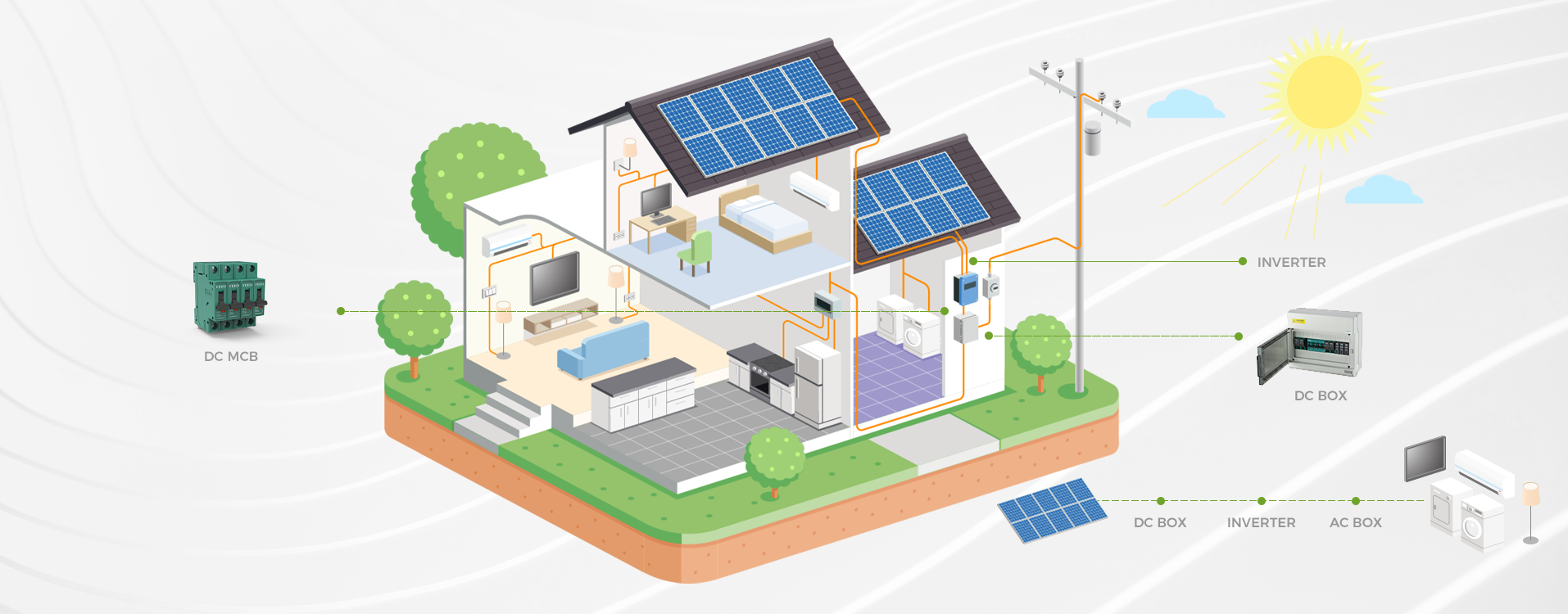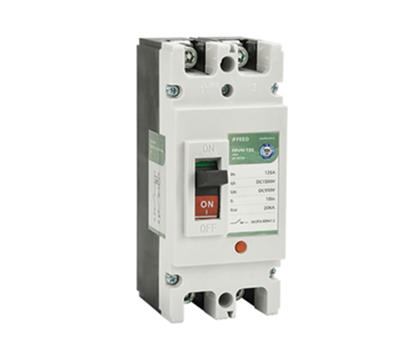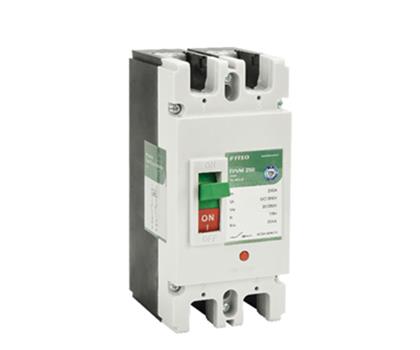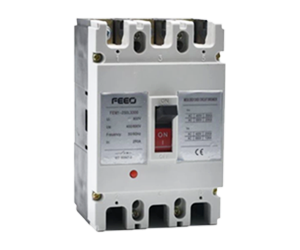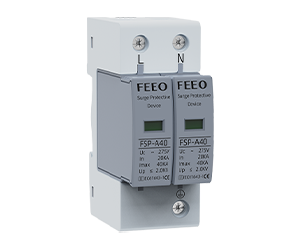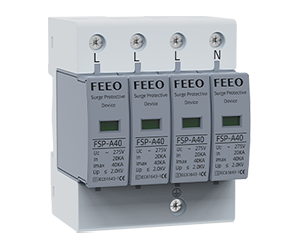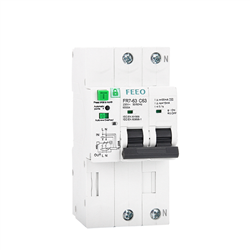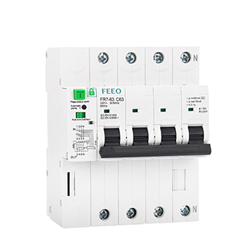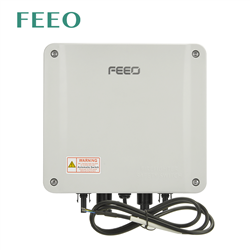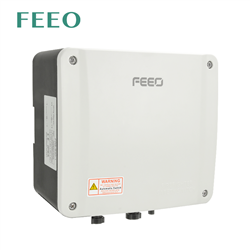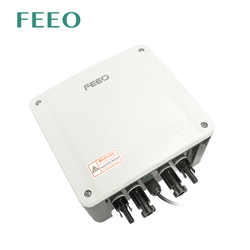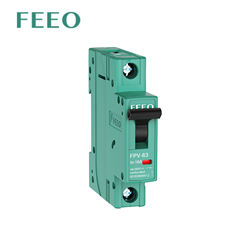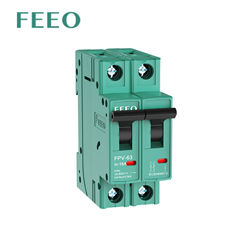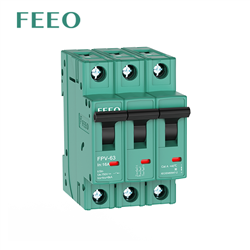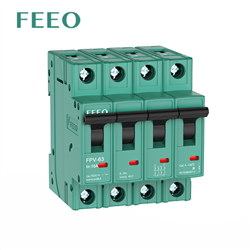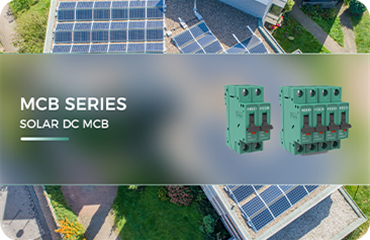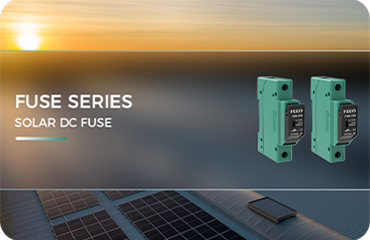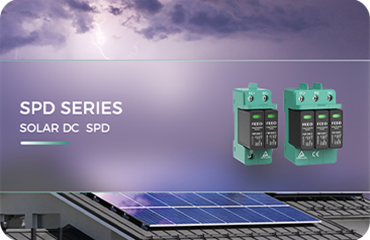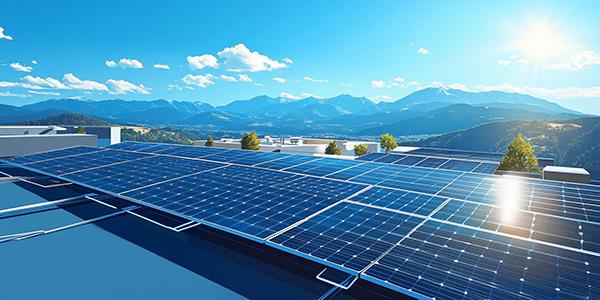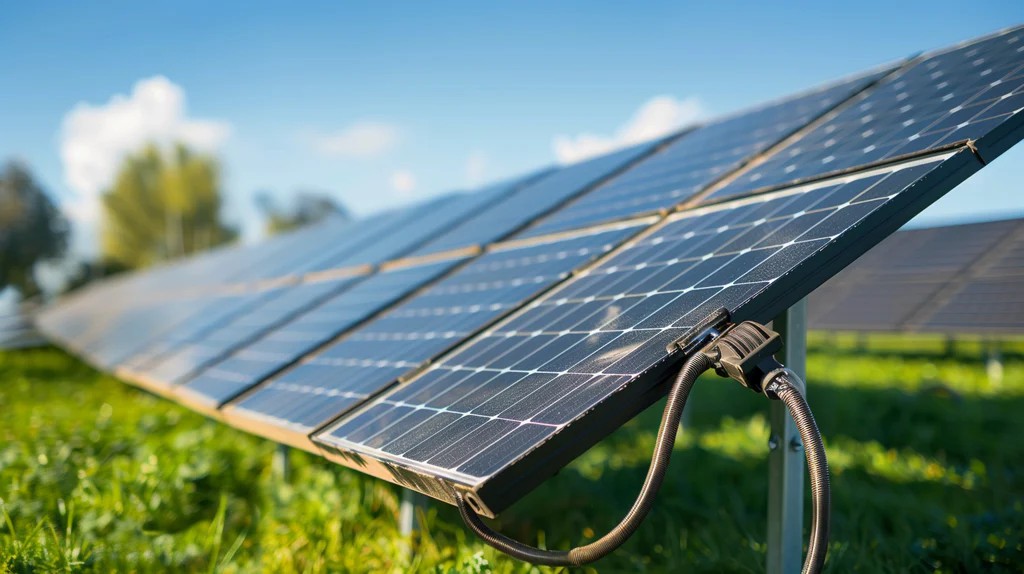
Solar energy has emerged as one of the most promising renewable energy sources, driven by technological advancements and a growing emphasis on sustainability. Among the critical components of solar energy systems are solar connectors, which play a vital role in ensuring efficiency, safety, and reliability.
Let's explore the evolution and advancements of solar connectors and their impact on the solar industry.
The Evolution of Solar Connectors
Early Days: Basic Connectors
In the early stages of solar technology, connectors were often basic and lacked standardization. These connectors were typically designed for low-voltage applications and were not optimized for the harsh outdoor environments where solar panels operate. This led to issues such as corrosion, loose connections, and reduced system efficiency.
Standardization and Safety Improvements
As the solar industry grew, so did the need for standardized connectors. The introduction of the MC4 connector in the late 1990s marked a significant milestone. MC4 connectors offered several benefits, including:
Weather Resistance: Designed to withstand UV exposure and harsh weather conditions.
Ease of Use: Simple snap-on design for quick and secure connections.
Safety Features: Built-in locking mechanisms to prevent accidental disconnections.
These improvements helped to enhance the reliability of solar power systems, making them more appealing to consumers and investors.
Advancements in Solar Connector Technology
High-Voltage Connectors
With the rise of larger solar installations, the demand for high-voltage connectors has increased. New connector designs can handle higher voltages and currents, which is essential for maximizing energy output and efficiency in large-scale solar farms. These connectors often feature:
Enhanced Insulation: Improved materials to manage high voltages safely.
Compact Designs: Smaller footprint for easier installation and integration.
Smart Connectors
The advent of smart technology has also influenced solar connectors. Smart connectors can integrate with monitoring systems to provide real-time data on performance metrics such as:
Voltage Levels: Ensuring optimal operation.
Temperature Monitoring: Preventing overheating and potential failures.
These features allow for proactive maintenance and improved system performance.
Plug-and-Play Solutions
To simplify installation and maintenance, manufacturers have developed plug-and-play solar connectors. These connectors reduce the complexity of wiring and allow for:
Faster Installations: Streamlined processes that save time and labor costs.
Modular Designs: Easy upgrades and replacements, facilitating system expansions.
Future Trends in Solar Connectors
Sustainability and Eco-Friendly Materials
As the emphasis on sustainability grows, the solar industry is exploring eco-friendly materials for connectors. This includes biodegradable plastics and recyclable components, aligning with the broader goal of reducing the environmental impact of solar technologies.
Integration with Energy Storage Systems
The integration of solar energy with energy storage systems (like batteries) is becoming increasingly common. Future solar connectors may be designed to facilitate seamless connections between solar panels and storage units, optimizing energy flow and management.
Conclusion
The evolution of solar connectors has been instrumental in the growth of solar energy systems. From basic designs to advanced, smart solutions, connectors have improved in efficiency, reliability, and safety. As the solar industry continues to innovate, further advancements in connector technology will play a crucial role in harnessing the full potential of solar energy, paving the way for a more sustainable future.
